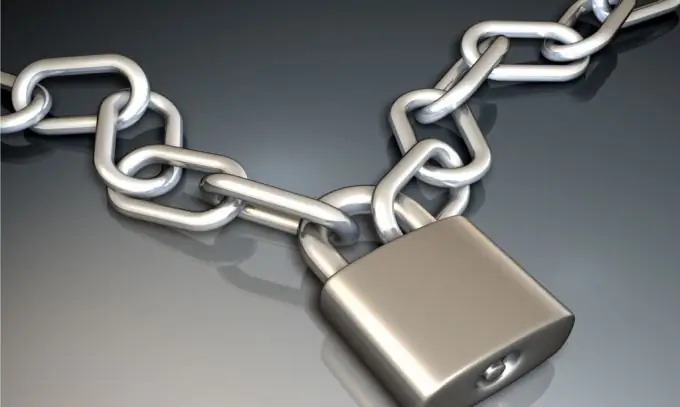It is no secret that a personal computer is not always truly personal. At work or at home, a whole list of potential users is assigned to one computer, one way or another. And whether you like it or not, your documents are not fully protected from "threats from the outside world." But our step-by-step instructions will help you hide especially important folders and documents without the involvement of third-party programs and make your digital world more secure.

Instructions
Step 1
Log in to the system using the "Administrator" account. After that, enable data encryption using the 3DES algorithm: add a DWORD parameter using the registry editor: HKEY_LOCAL_MACHINE / SOFTWARE / Microsoft / Windows NT / CurrentVersion / EFS.”AlgorithmID“= dword: 0x6603.
Step 2
Create a main user account, under this account the main work will be carried out. Log in to the system under this account (at the time of setup, give it administrator rights).
Step 3
Go to the start menu. Then select "My Computer". In the left part of the window, right-click on "My Documents". Then - "Properties" - the "General" tab - "Others …" - select "Encrypt content to protect data" - 2 times click the "OK" button - in the window that appears, select the item "to this folder and to all attached files" - again click "Ok".
In this way, you can classify any file or folder.
Step 4
Go to the menu "Start" - "Run" - type the command mmc - click "OK"
Step 5
In the menu of the window that appears, select "Console". Next - "Add or remove snap-in …" - "Add …" - select "Certificates" and click "Add" - check the item "my user account" - "Finish" - "Close" - "Ok".
Step 6
Select and open the branch "Certificates" - "Personal" - "Certificates"
Step 7
Right-click on the user certificate - select "All tasks" - "Export …"
Step 8
In the window that appears, click "Next" - "Yes", "Export the private key" - "Next" - "Next" - enter the password for the private key (at least 8 characters) - "Next" - enter the file name and specify the path where it will be written - "Next" - "Finish" - "Ok".
Step 9
Save the file you created to any external storage medium. Remember to delete the certificate file from your hard drive.






